You are here
Pets allowed
Not Allowed
Elevation Gain
500.00 ft (152.40 m)
Trail type
Loop
Distance
4.30 mi (6.92 km)
Please respect the outdoors by practicing Leave No Trace. Learn more about how to apply the principles of Leave No Trace on your next outdoor adventure here.
Nearby Lodging + Camping
Prairie Creek Redwoods State Park
Jedediah Smith Redwoods State Park






















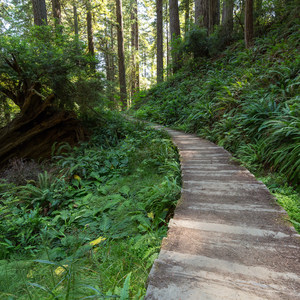
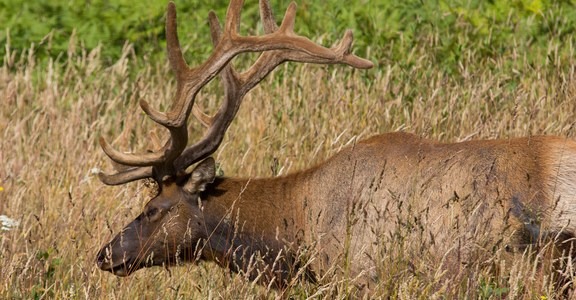
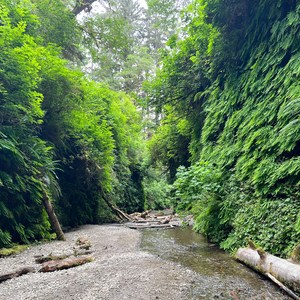
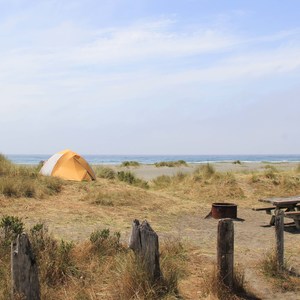
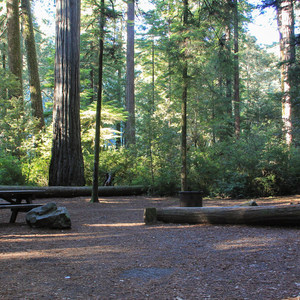



Comments
Sign In and share them.